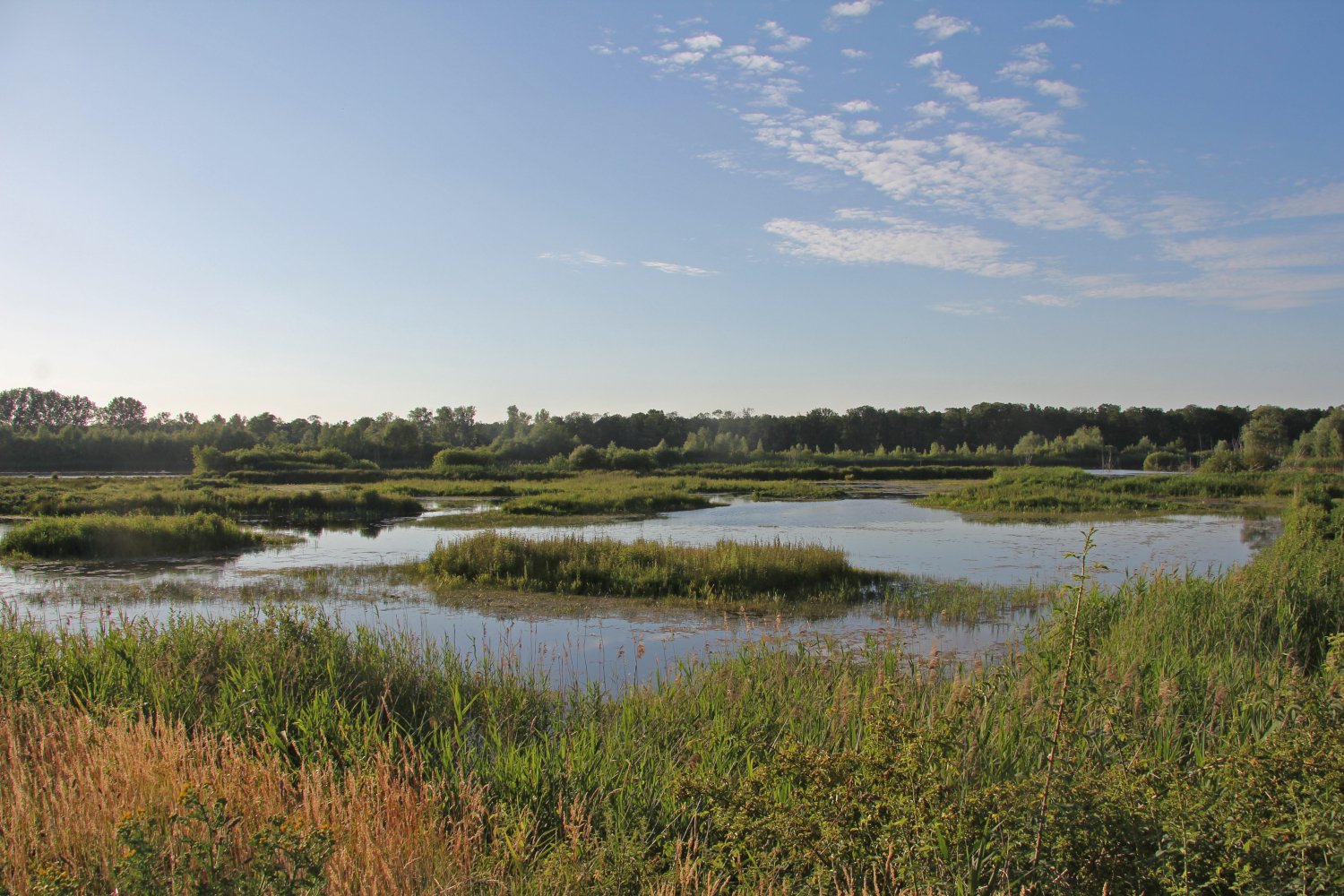Green Belt
Green Belt
The former Iron Curtain between East and West, which stretched across the whole of Europe, is now a habitat for animals and plants and a recreational area for people as a Green Belt. The inner-German border in the Altmark region became a peaceful strip of nature between the states of Lower Saxony and Saxony-Anhalt and one of the largest nature conservation projects in Europe.
343 kilometers of nature, culture and history
Variety, richness, abundance, experience, culture and history are just some of the words that come to mind about the German Green Belt. With the exception of the alpine region and the foothills of the Alps, it traverses all of Germany's landscapes over a distance of almost 1,400 kilometers - from the Baltic Sea to the Saxon-Bavarian Vogtland. As a nature reserve, it provides a home for 1,200 endangered species and serves as a reminder of how the division of Germany was overcome.
The Green Belt is a lifeline and a piece of wilderness with magnificent biotopes worth seeing: old grass meadows, bush and forest paradises, swamps, flowering heaths, near-natural rivers and crystal-clear lakes. It is a colorful mosaic of diverse habitats. And it is precisely this fact that has made the Green Belt so attractive to tourists from near and far. It is the abundance of nature, the search for the last wilderness in Germany, the experience of places steeped in history... the EXPERIENCE GREEN BELT.
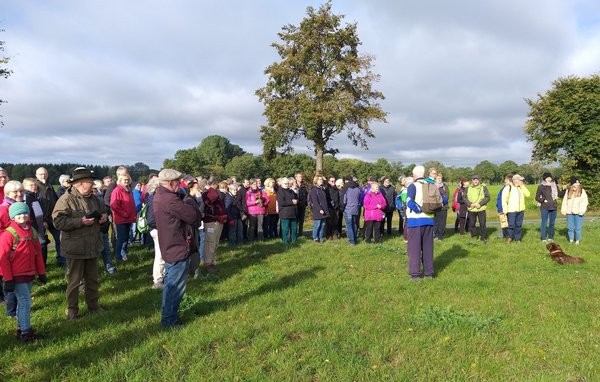
For more than 30 years, the Bund für Umwelt- und Naturschutz Deutschland (BUND) has been successfully working to protect and develop the Green Belt in Germany. In Saxony-Anhalt, the Green Belt has a length of 343 kilometers. Since the end of last year, these 343 kilometers have had the status of National Natural Monument (NNM). This means that across Germany, more than three-quarters of the lifeline is under an important umbrella of protection (343 kilometers in Saxony-Anhalt, 763 kilometers in Thuringia). The recognition of the European Green Belt as a UNESCO World Natural and Cultural Heritage Site is the next great vision of BUND. Along 12,500 kilometers, a network of valuable habitats stretches across Europe along the former Iron Curtain.
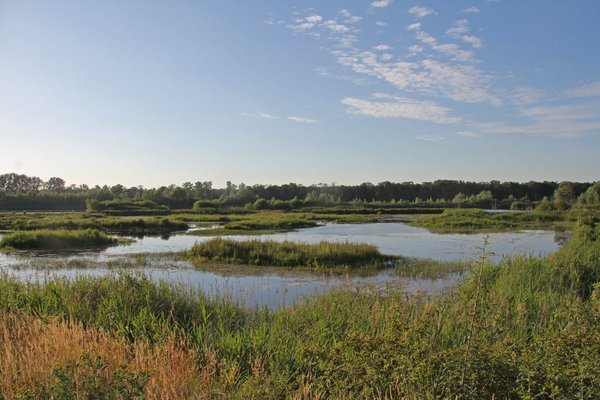
In the Saxony-Anhalt Green Belt, environmental education and tourism development go hand in hand. The BUND coordination office Green Belt Saxony-Anhalt, based in the Hanseatic city of Salzwedel, offers about 30 exciting expeditions and interesting guided tours to the Green Belt every year. The topics of nature conservation, history and cultural history play an important role. Information and dates are available from BUND.
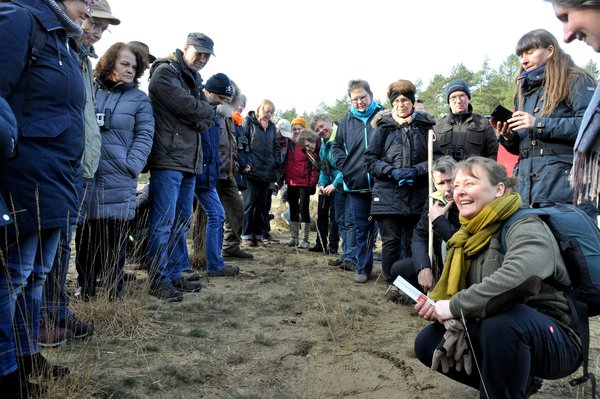
Hikers, cyclists, horseback riders or motorists or campers can either conquer the Saxony-Anhalt Green Belt in several stages or dare to experience the 343 kilometers in one piece. For cyclists and hikers, as well as horseback riders, the following applies: the paths, incidentally often natural paths, do not always lead directly along the Green Belt on the column trail. So a sense of adventure and good navigation tools are called for. If you use the roads that can be found to the right and left of the Green Belt, you are of course much faster and more comfortable on the road and also have the advantage of getting in touch with the people who live along the Green Belt. We recommend the 180-kilometer Vierländer-Grenzradweg (four-country border bike trail) in Saxony-Anhalt, Lower Saxony, Brandenburg and Mecklenburg-Western Pomerania (information is available at Lenzen Castle) or the European Cultural Route, the Eurovelo 13 Iron Curtain Trail.
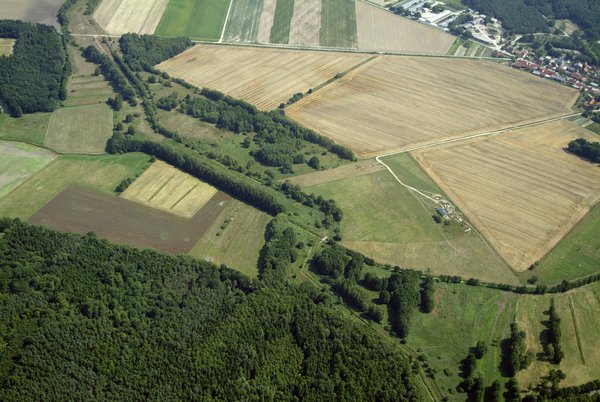
Weitere Informationen
BUND Coordination Office Green Belt Saxony-Anhalt
BUND Sachsen-Anhalt e. V.
Chüdenstr. 4 | 29410 Hansestadt Salzwedel
Tel.: 03901 39 39 75 8
E-Mail: gruenesband(at)bund-sachsen-anhalt.de
www.bund-sachsen-anhalt.de
www.bund.net
www.greenbelteurope.eu
